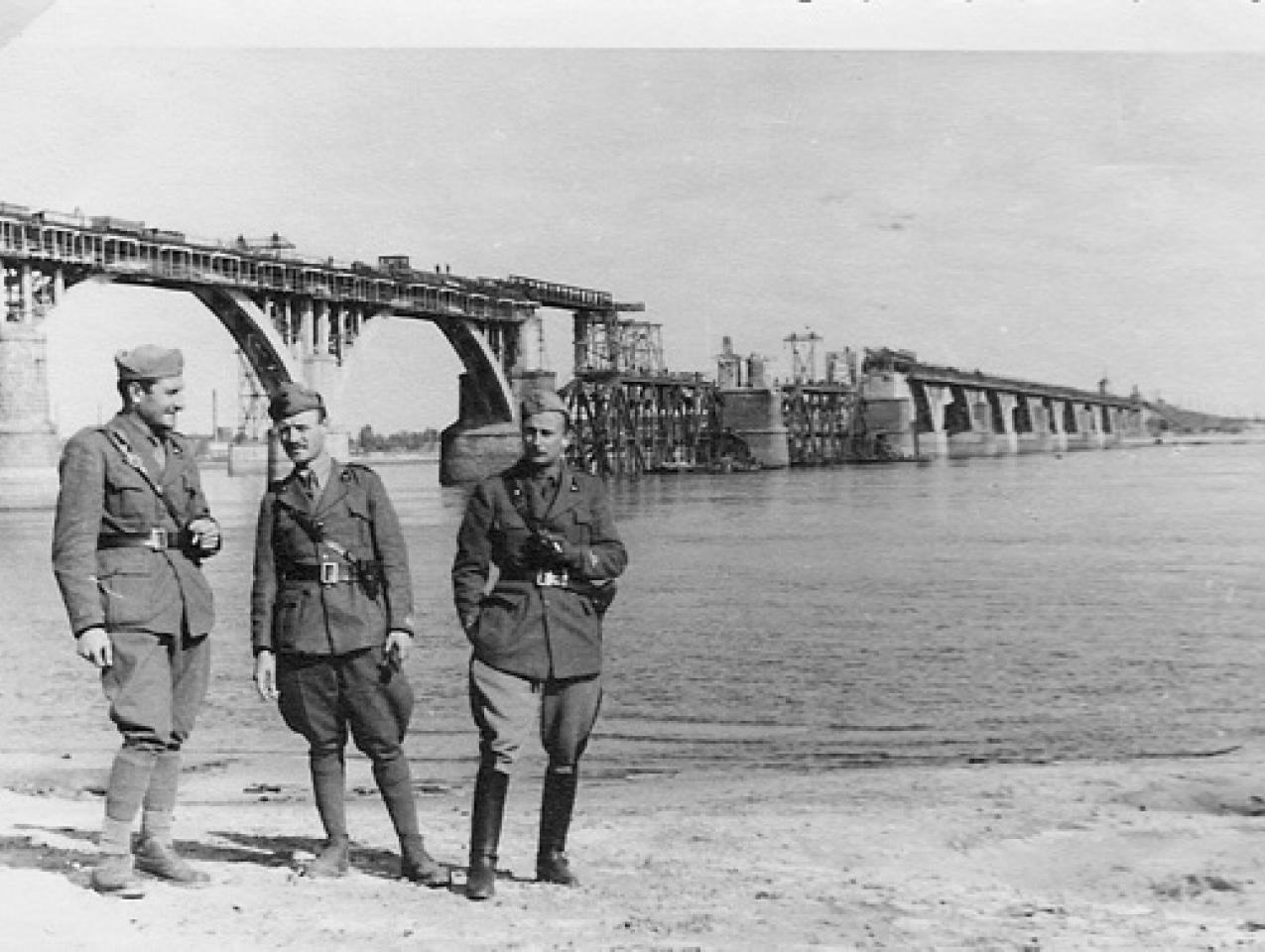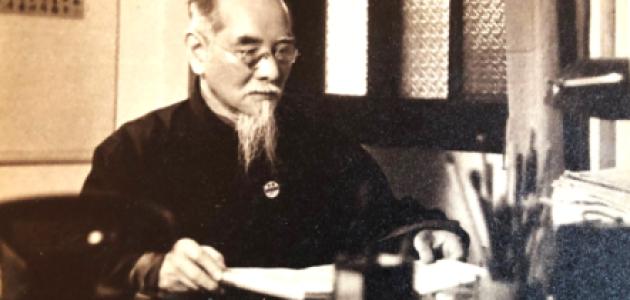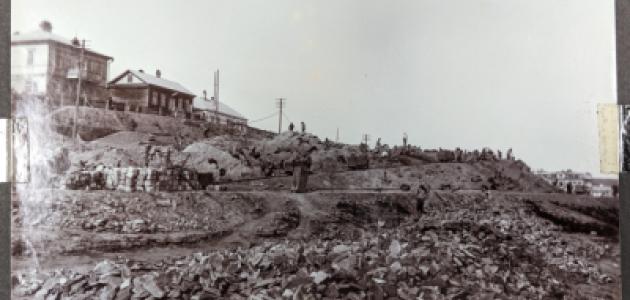
Above: The mile-long Merefa-Kherson bridge on the Dnieper River in Dniepropetrovsk (Dnipro), was the longest reinforced concrete arch bridge in Europe. This is how it looked under repair in September 1941, after it was blown up by the retreating Red Army. Two years later the Germans blew it up again during their own retreat.
The Hoover Library & Archives have acquired two photo albums of Stefano Braccio, a lieutenant in the engineer combat battalion of the Italian Expeditionary Corps participating in the German invasion of the Soviet Union (Operation Barbarossa). The albums provide a complete visual record of his unit’s operation in the Ukraine, from the crossing of the Soviet frontier in July 1941 to the end of Italian troops’ participation on the Eastern Front in February 1943, after the Axis forces’ defeat at Stalingrad.
Italian participation in the war on the Eastern Front initially involved some 60,000 troops of the Expeditionary Corps. Within a year, the force grew to 220,000 men and became known as the Italian Eighth Army. During the battle of Stalingrad, fought from August 1942 until February 1943, less than half of the troops facing the Soviets were German, with Italians, Hungarians, Romanians, and anti-Soviet volunteers of various nationalities making up the rest. More than half of the Italian Eight Army troops were killed, wounded, or taken prisoner. Lieutenant Stefano Braccio and his photo albums, documenting his Eastern Front experience survived, mostly because his unit was building bridges in Eastern Ukraine at some distance from the front line on the Volga River. He left the Soviet Union a few days after German field marshal Friedrich Paulus surrendered at Stalingrad. No information is available on whether or not Stefano Braccio’s luck continued through the remaining two years of the war.
The Braccio collection contain 332 photos in all, in good condition and neatly captioned. The value of this collection is that it covers the entire duration of Italian participation on the Eastern Front from the perspective of an engineer combat battalion. It shows life in the Italian military and the soldiers’ generally amicable interaction with the Ukrainian population. Of special interest are photos of churches and other historical monuments, as well as wartime views of such cities as Kiev (Kyiv), Kharkov (Kharkiv), Dnepropetrovsk (Dnipro), and Voroshilovgrad (Luhansk), in addition to the many bridges repaired or built by the Italian army.
Maciej Siekierski siekierski@stanford.edu




















